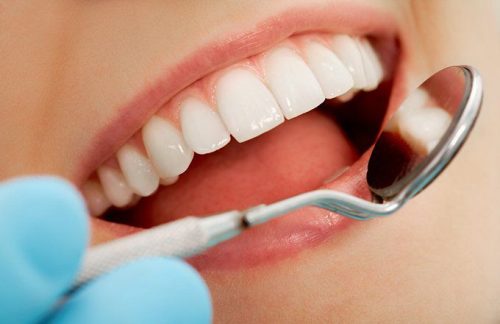When considering the type of dental insurance to choose, it’s important to look at both the benefits and the deductible. Depending on the plan, you may pay a one-time enrollment fee or an annual deductible. However, most plans provide adequate coverage and support preventive care for a year. Knowing your plan’s limitations will help you schedule your visits and make the most of your coverage. You should also consider the waiting periods and the maximum benefit amount.
Most dental plans have an annual maximum, which is the maximum amount you can receive for dental care in one calendar year. Most policies do not count standard preventive treatments, so make sure you understand the plan’s deductible. In some cases, you can buy separate stand-alone dental insurance and get a preview of the health plan with a discount. Both stand-alone and combined plans are available through the Marketplace. You can compare and contrast the options by browsing through the coverage levels and premiums.
When shopping for dental insurance, check out the plan’s features and benefits. A PPO, for example, offers the same benefits and deductible as a health insurance PPO, but allows you to choose your dentist without a waiting period. In contrast, an HMO has a limited network of dentists and has a set deductible. Typically, this is the same as a PPO, but with a higher out-of-pocket cost. The plan also may not allow you to see dentists outside the network, so check with your provider.
When choosing a plan, make sure you read the fine print. Most plans have a benefit period and a deductible. Make sure to compare each one carefully. It’s also important to check the class of your plan. The highest benefits are usually paid for class I procedures. They’re the most common types of dental treatments, and they are also the cheapest. By reading the plan’s fine print carefully, you can save money and receive a better overall coverage.
You should also check deductibles. Many plans have a yearly maximum. You should know the limit of your dental plan before you make a choice. Depending on the company, you may have to pay the deductible out-of-pocket maximum every year. This means that you should be prepared to pay out-of-pocket expenses and deductibles if your dental insurance does not cover them. Most dental plans have a lifetime maximum, which means that your coverage will go up to a certain amount.
Dental insurance plans will cover a wide range of services and procedures. You should always read the plan’s terms and conditions. In particular, make sure that you know if your coverage covers preventive care or major dental procedures. Some policies may cover preventive care, but they may not cover cosmetic dentistry. Aside from the deductible, you need to read the fine print and understand what it covers. A few policies do not count routine cleanings and exams as a part of preventive dental care.
